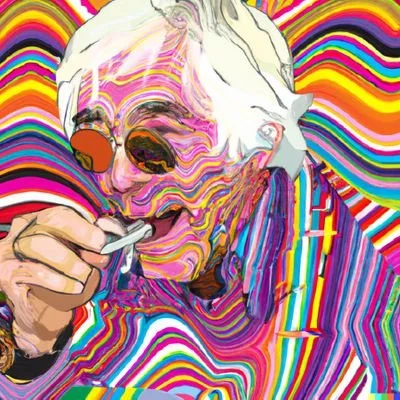- cross-posted to:
- futurology
- cross-posted to:
- futurology
The one boundary that is not threatened is atmospheric ozone, after action to phase out destructive chemicals in recent decades led to the ozone hole shrinking
So we can do it when we need to.
We can do it when billionaires aren’t profiting from not doing it. The switch away from CFCs didn’t hurt anyone’s profits too badly.
Is there a way to stop it, like which are the most poluting factories, where are they and how do we turn them of and how do we make sure they are never turned on again?
The source of the most greenhouse gas emissions by far is power and heating. Switching to renewables is the answer. Like, yesterday. For ecological diversity, agriculture has to become sustainable and deforestation has to stop.
For air pollution, we need to ditch our cars.
For ground and water pollution, we need to ditch plastics. These are all just the biggest factors, starting points really. And they all intermingle and affect each other.
The planetary boundaries are not irreversible tipping points beyond which sudden and serious deterioration occurs, the scientists said. Instead, they are points after which the risks of fundamental changes in the Earth’s physical, biological and chemical life support systems rise significantly.
…
Phasing out fossil fuel burning and ending destructive farming are the key actions required.
We’re so fucked lol.
This is the best summary I could come up with:
The broken boundaries mean the systems have been driven far from the safe and stable state that existed from the end of the last ice age, 10,000 years ago, to the start of the industrial revolution.
Prof Johan Rockström, the then director of the Stockholm Resilience Centre who led the team that developed the boundaries framework, said: “Science and the world at large are really concerned over all the extreme climate events hitting societies across the planet.
The boundary for biosphere integrity, which includes the healthy functioning of ecosystems, was broken in the late 19th century, the researchers said, as destruction of the natural world decimated wildlife.
These are vital for life but excessive use of fertilisers mean many waters are heavily polluted by these nutrients, which can lead to algal blooms and ocean dead zones.
Prof Simon Lewis, at University College London and not part of the study team, said: “This is a strikingly gloomy update on an already alarming picture.
A separate initiative to define the end of the Holocene and the start of a new age dominated by human activities moved forward in July, when scientists chose a Canadian lake as the site to represent the beginning of the Anthropocene.
The original article contains 1,201 words, the summary contains 203 words. Saved 83%. I’m a bot and I’m open source!



